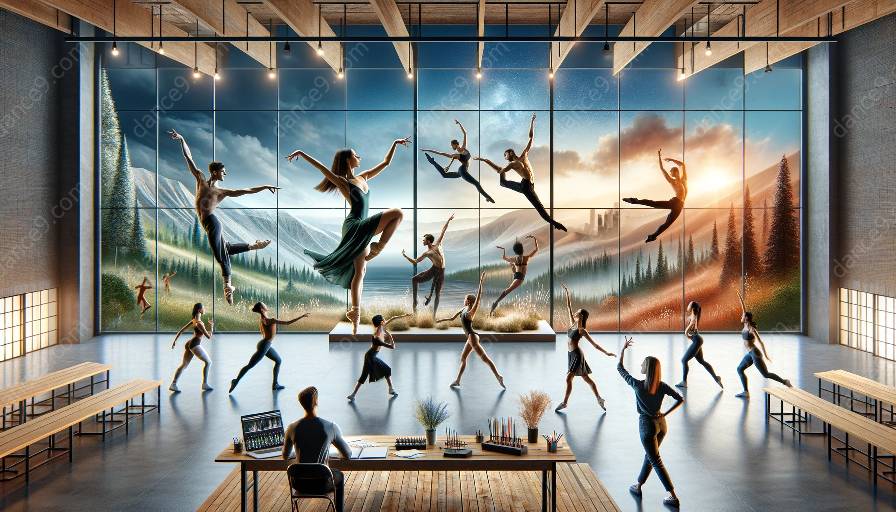Choreography is a powerful form of storytelling that combines movement, emotion, and structure to convey narratives. By exploring the principles of choreography, we can understand how choreographers use various elements to create compelling stories through dance.
The Power of Movement
Movement is the core element of choreography. Each movement tells a story, conveying emotions, relationships, and conflicts. Choreographers use a combination of gestures, postures, and dance techniques to express characters and their journeys. Through the manipulation of tempo, dynamics, and spatial patterns, choreographers create a rich vocabulary that communicates the narrative to the audience.
Emotional Connection
Emotion forms the heart of storytelling through choreography. Choreographers delve into the depths of human feelings, translating them into physical expressions. By infusing movements with genuine emotions, choreographers enable the audience to connect with the narrative on a profound level. Through the portrayal of joy, sorrow, love, and anger, dancers convey the essence of the storyline, evoking empathy and resonance.
Structural Composition
Choreographers craft the structure of a dance piece to unfold the narrative cohesively. They consider the sequence, progression, and organization of movements to construct a compelling storyline. With a keen sense of timing and pacing, choreographers create the dramatic arc of the choreography, building tension, climax, and resolution. Each movement is strategically placed to advance the narrative, ensuring a seamless flow of storytelling.
Use of Space
The spatial dimension plays a vital role in storytelling through choreography. Choreographers manipulate the space around the dancers, utilizing levels, pathways, and group formations to enhance the narrative. The arrangement of dancers within the performance area influences the dynamics of storytelling, creating visual motifs and symbolic representations. By harnessing the potential of space, choreographers bring depth and dimension to the narrative.
Musical Collaboration
Music serves as a powerful ally in choreographic storytelling. Choreographers collaborate with composers to synchronize movements with musical arrangements, enhancing the emotional impact and thematic coherence of the performance. The rhythmic qualities of the music guide the choreographic choices, shaping the mood, tempo, and atmosphere of the dance. Through the seamless integration of music and movement, choreographers elevate the storytelling experience.
Character Development
Choreographers develop characters through movement, establishing personalities, motivations, and conflicts. Dancers embody these characters, bringing them to life through expressive movement and physicality. By crafting unique movement signatures for each character, choreographers imbue the storytelling with depth and complexity, allowing the audience to engage with the characters' journeys.
Theatrical Elements
Incorporating theatrical elements such as lighting, costumes, and props enhances the storytelling potential of choreography. Choreographers utilize these elements to set the stage, evoke ambiance, and create visual symbolism. Lighting design can convey mood shifts, while costumes and props can signify roles, relationships, and narrative themes. By integrating theatrical elements, choreographers enrich the visual narrative, amplifying the impact of the storytelling.






































